The 1970s were an important era in the evolution of modern-day music. But there was one particular “genre” of music from that time period that inevitably influenced how music sounds today. And I’ll bet you’ve never heard of this particular type of tunage. We’re talking about library music.
Videos by American Songwriter
And I don’t mean barely-audible tunes over an intercom at your local library. Library music in this context was something very different and extremely important in the development of entertainment and media in the 20th century.
This type of music refers to the broad and wide collection of tunes that have historically been used by companies for use in television, film, advertisements, radio, and other endeavors. Library music is still very much a thing today, of course. We tend to just refer to it as “stock music.”
But back in the 1960s and 1970s (and most of the 20th century, honestly), a handful of companies cornered the market on library music, and the sound of that music was much grander in quality compared to stock tracks you’ll find on the internet today.
The companies in question would pay a small pool of musicians to compose whole albums with simple concepts that filmmakers or advertisers could quickly pick through, choosing LPs that suit the background music needed for their media. The cost was dirt cheap, and library music could be used for basically anything, and the artist behind the music had no say in whether it was used for an expletive-laden song, p*rnography, or a political ad.
The Lore and Infleunce of Library Music
Beyond how library music influenced film, it even influenced different iterations of popular music through the years. For example, library musicians were some of the first to jump on the development of early commercially available synthesizers. Some of these fantastic LPs, though broad in genre/theme scope, involved synths when many big names in the music industry weren’t using them yet. And today, synths and digital electronic music tools are a huge part of modern-day music.
And naturally, we can’t forget how this type of music influenced R&B, hip-hop, and rap in the 1990s. Tons of musicians used library music from back in the day as the backdrop of their raps. Library music wasn’t dead, even after the 21st century came to be. It would continue to influence music well into the 2020s.
Tame Impala, Mac DeMarco, vaporwave musicians, and similar electronic music producers and singer/songwriters have used library music or at least have been clearly inspired by it. Whether that’s due to a longing for nostalgia, or the unique 2010s trend of exploring irony, isn’t entirely clear. But it ultimately doesn’t matter.
It’s wild that so few know about the origins of library music and how influential it has been. Though, it makes sense. This type of music was never meant to be an attention-grabbing thing. Rather, it was a tool that film producers could use to add some auditory interest to their works. In turn, those sounds influenced music for decades to come.
Photo via Shutterstock
When you purchase through links on our site, we may earn an affiliate commission.

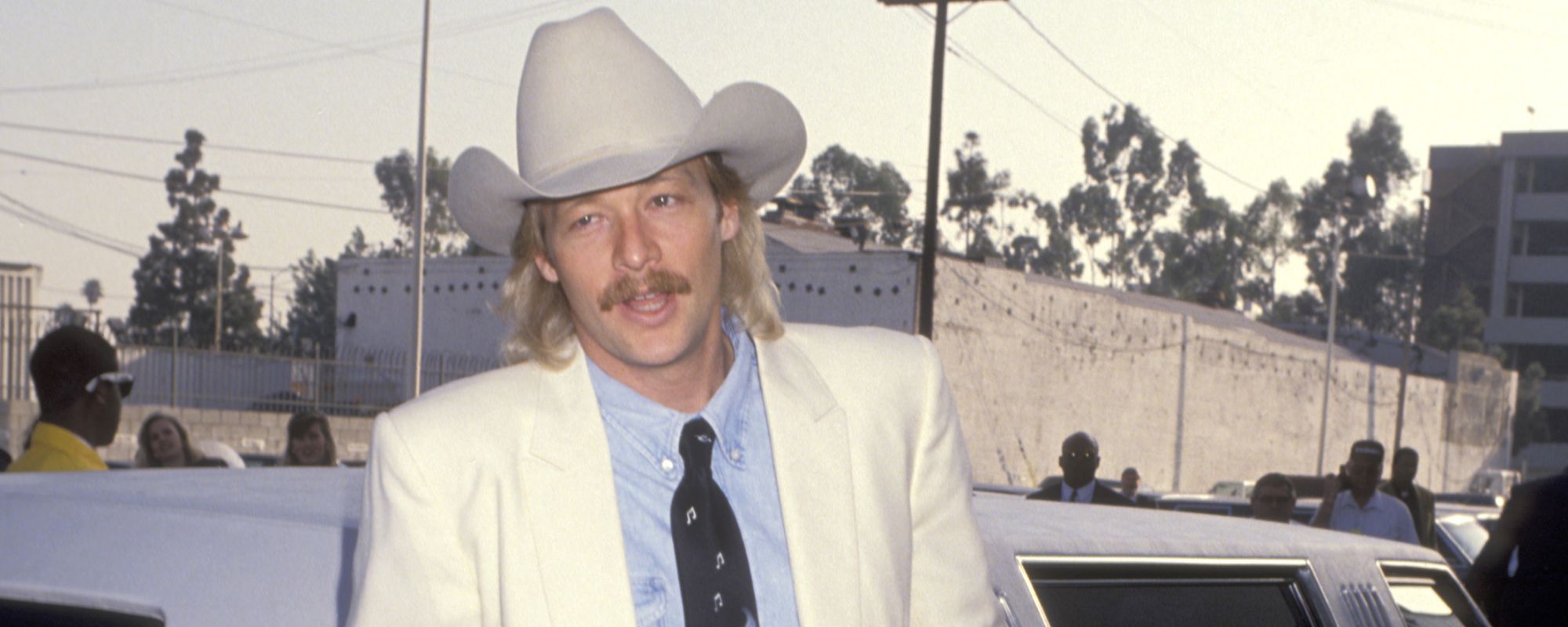
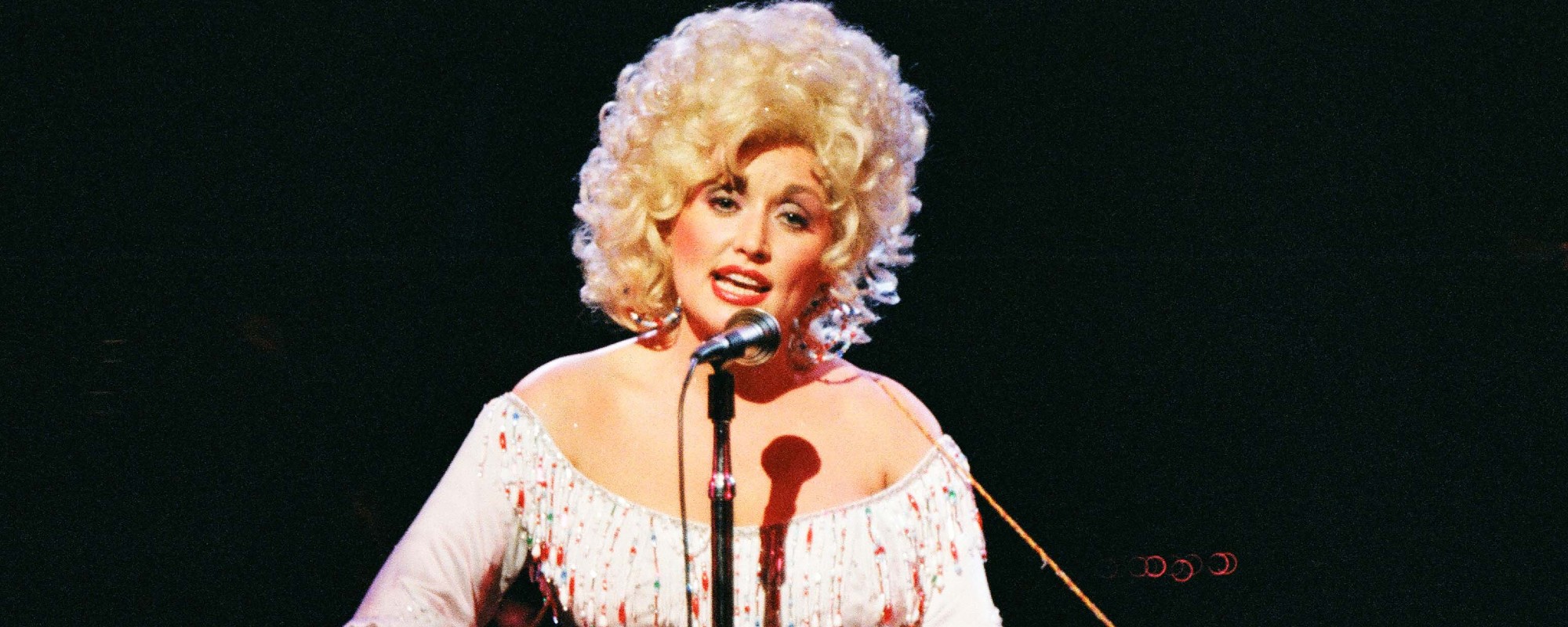
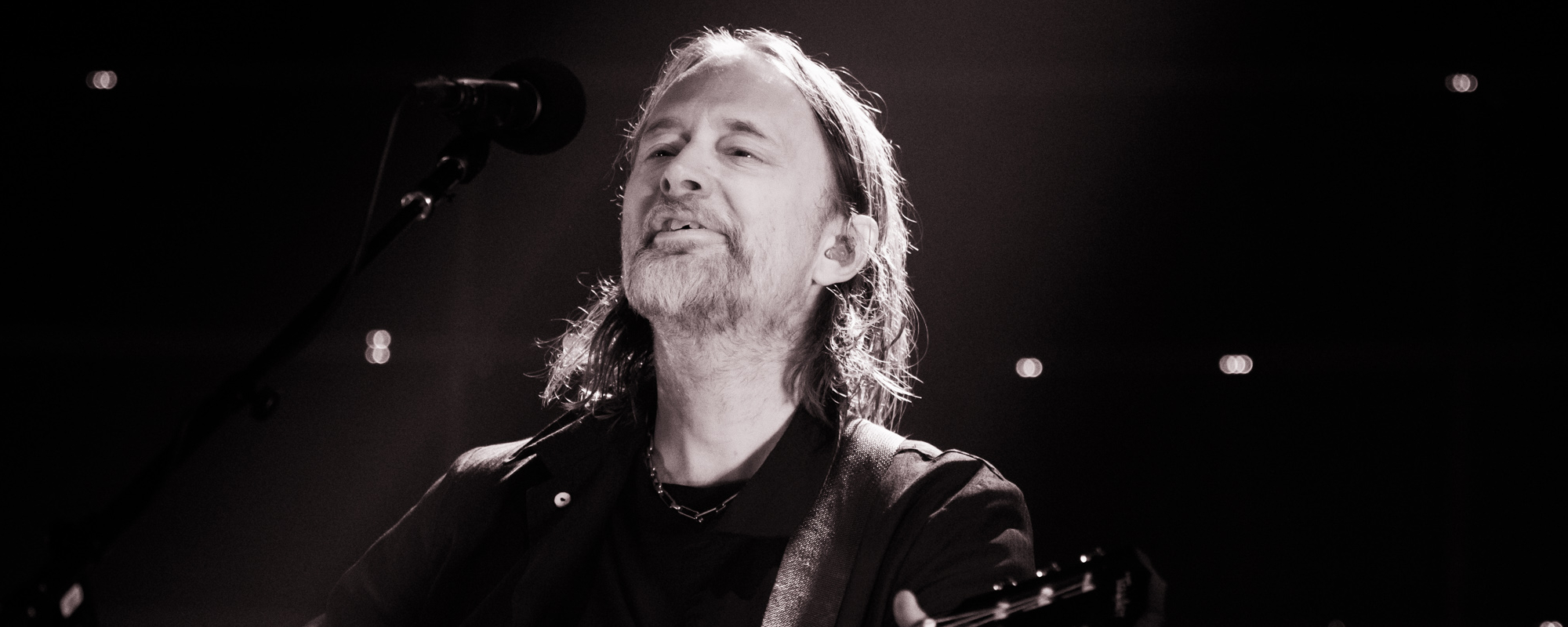

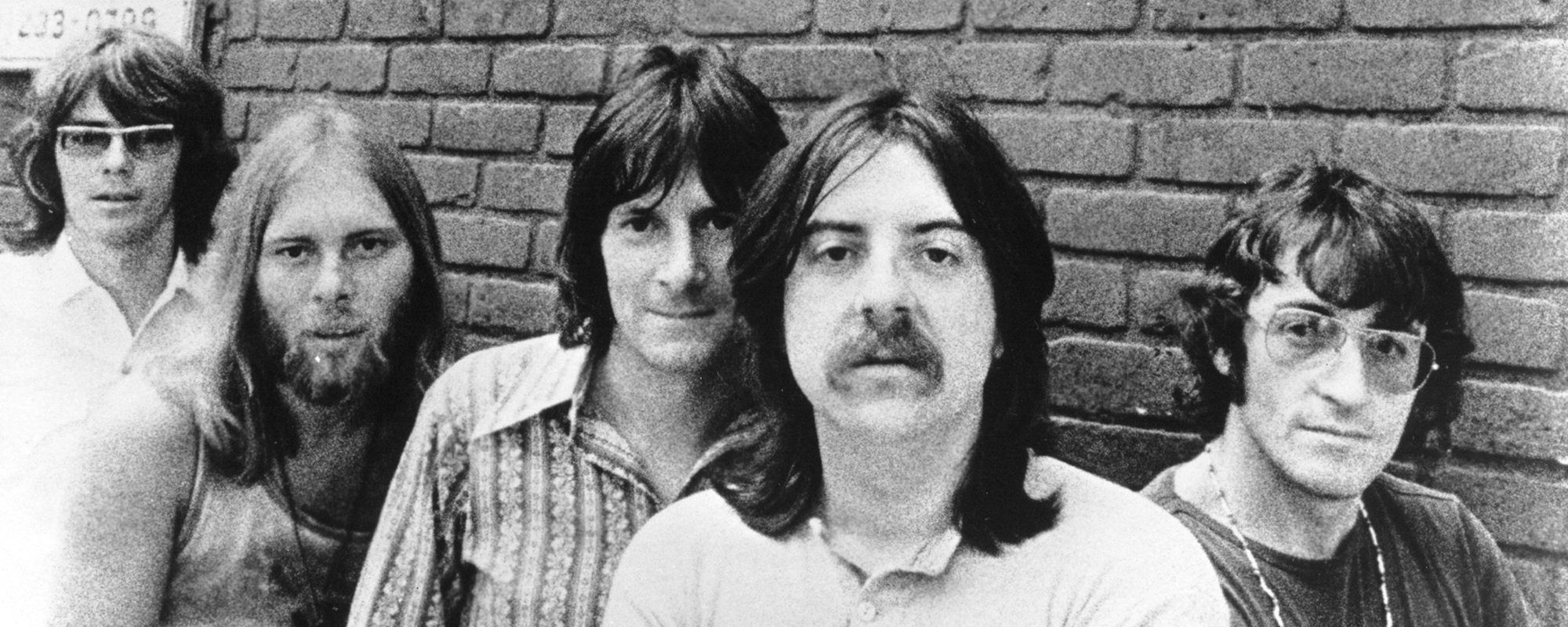
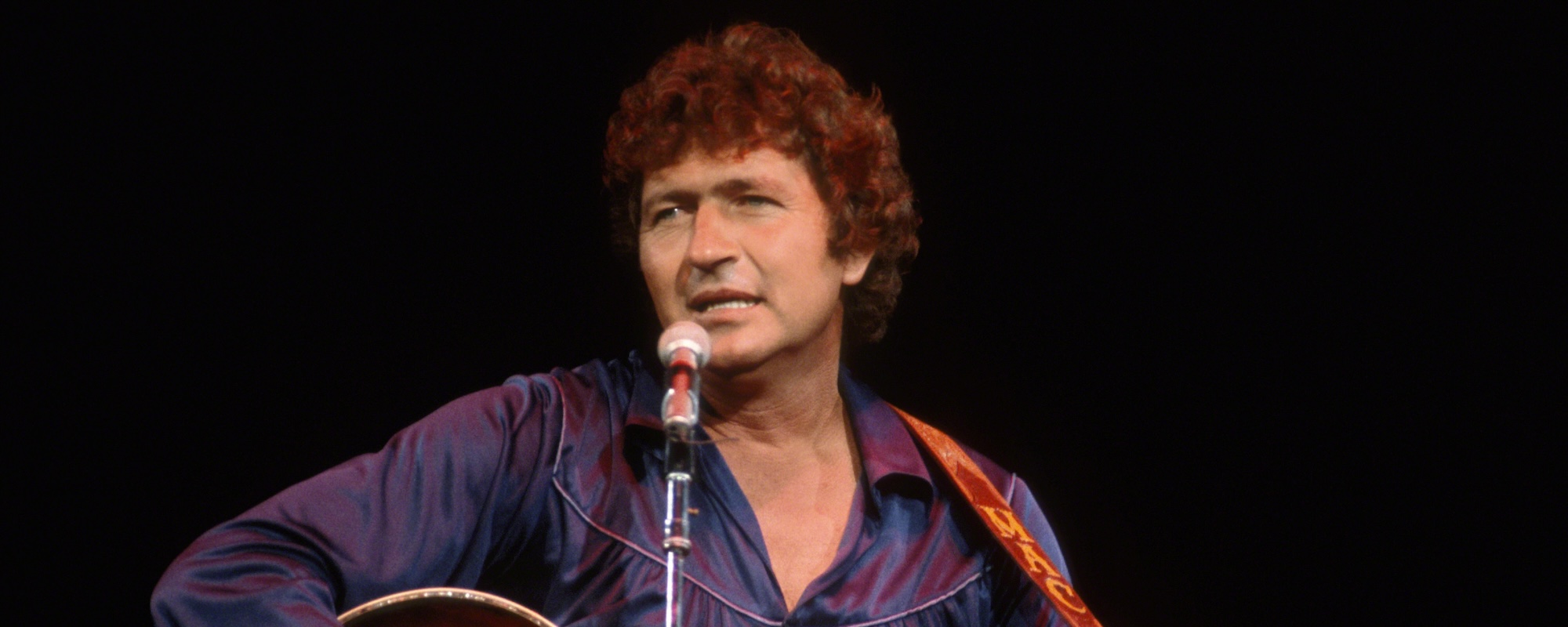
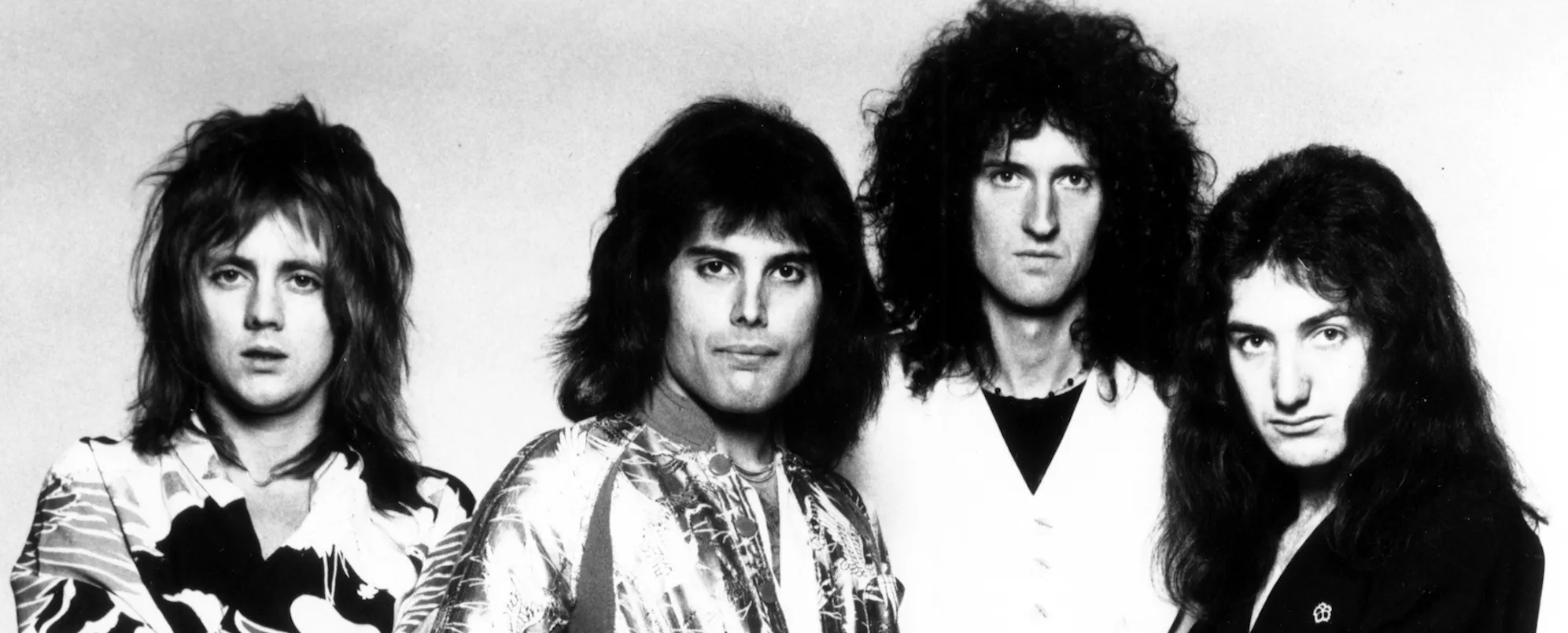
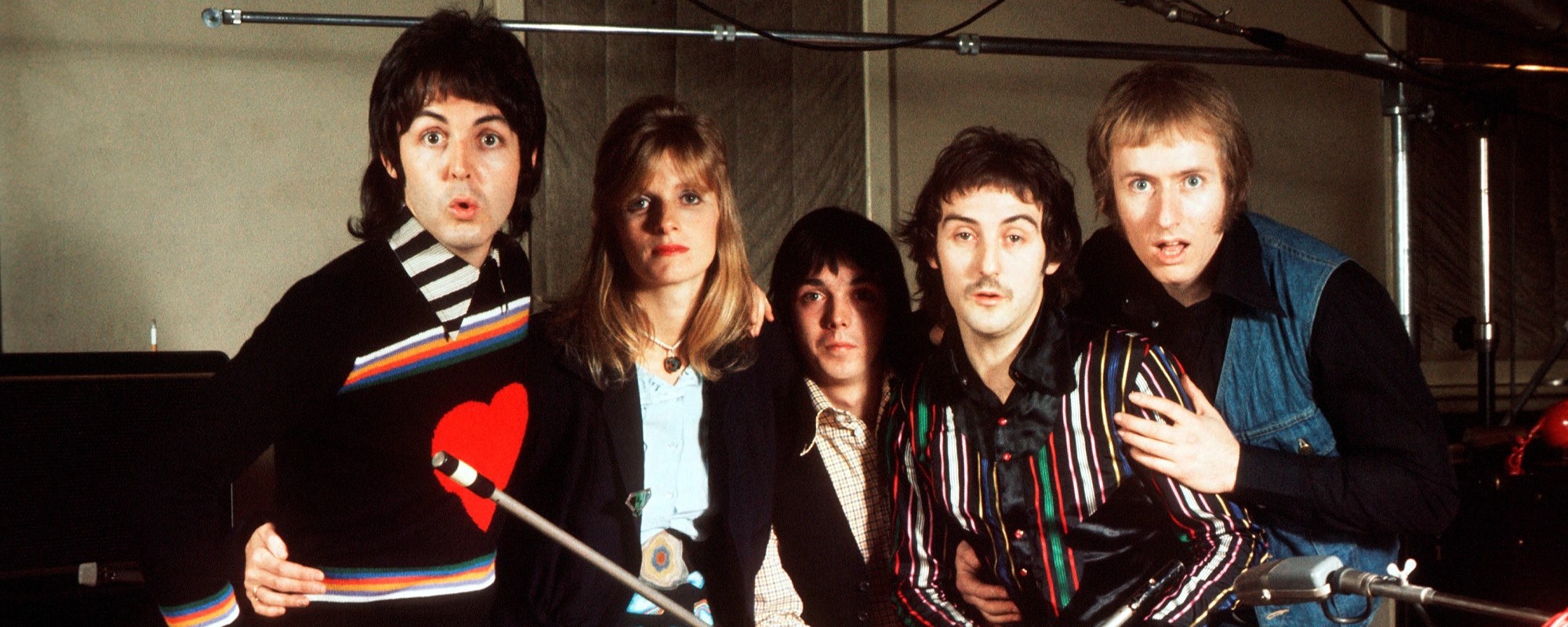


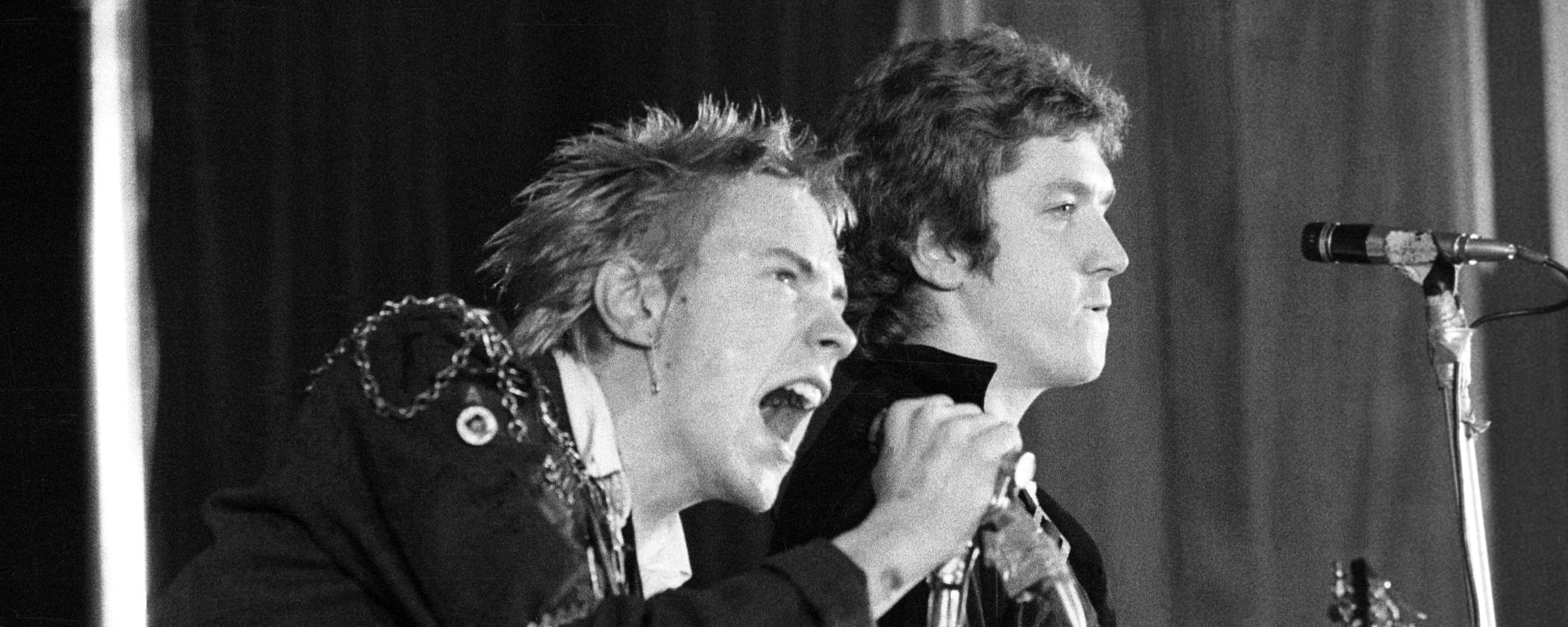
Leave a Reply
Only members can comment. Become a member. Already a member? Log in.